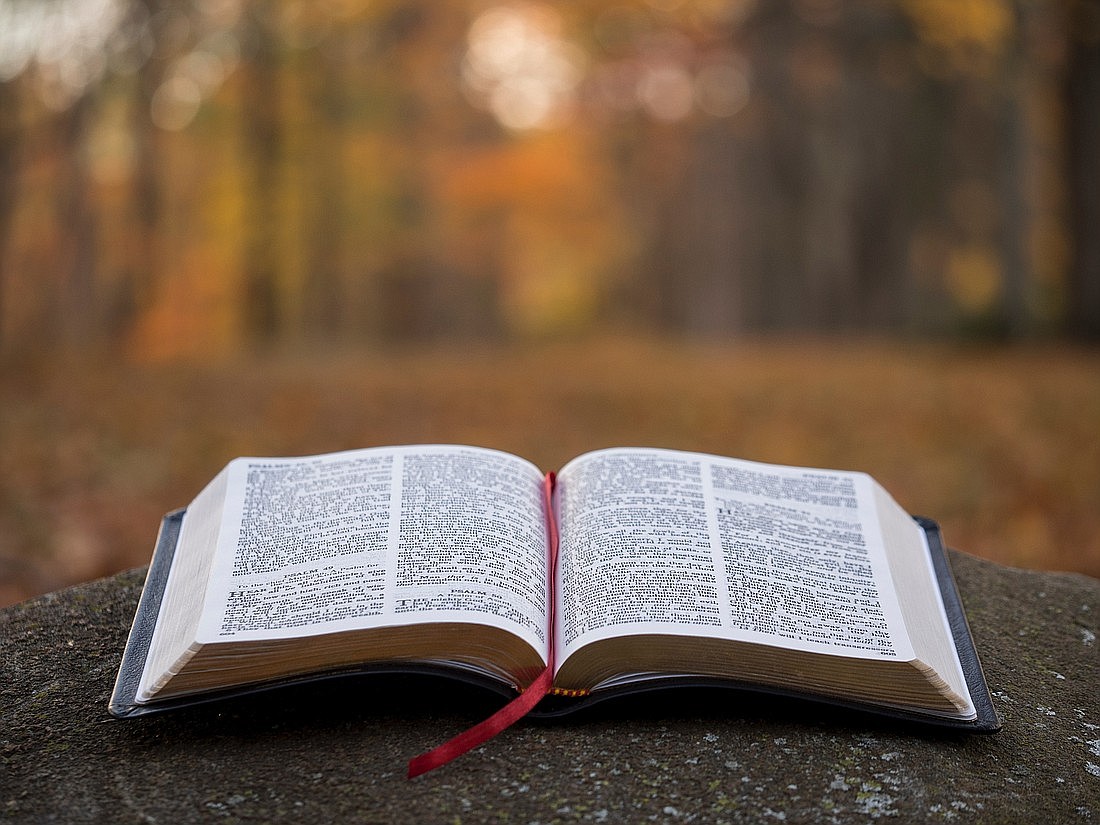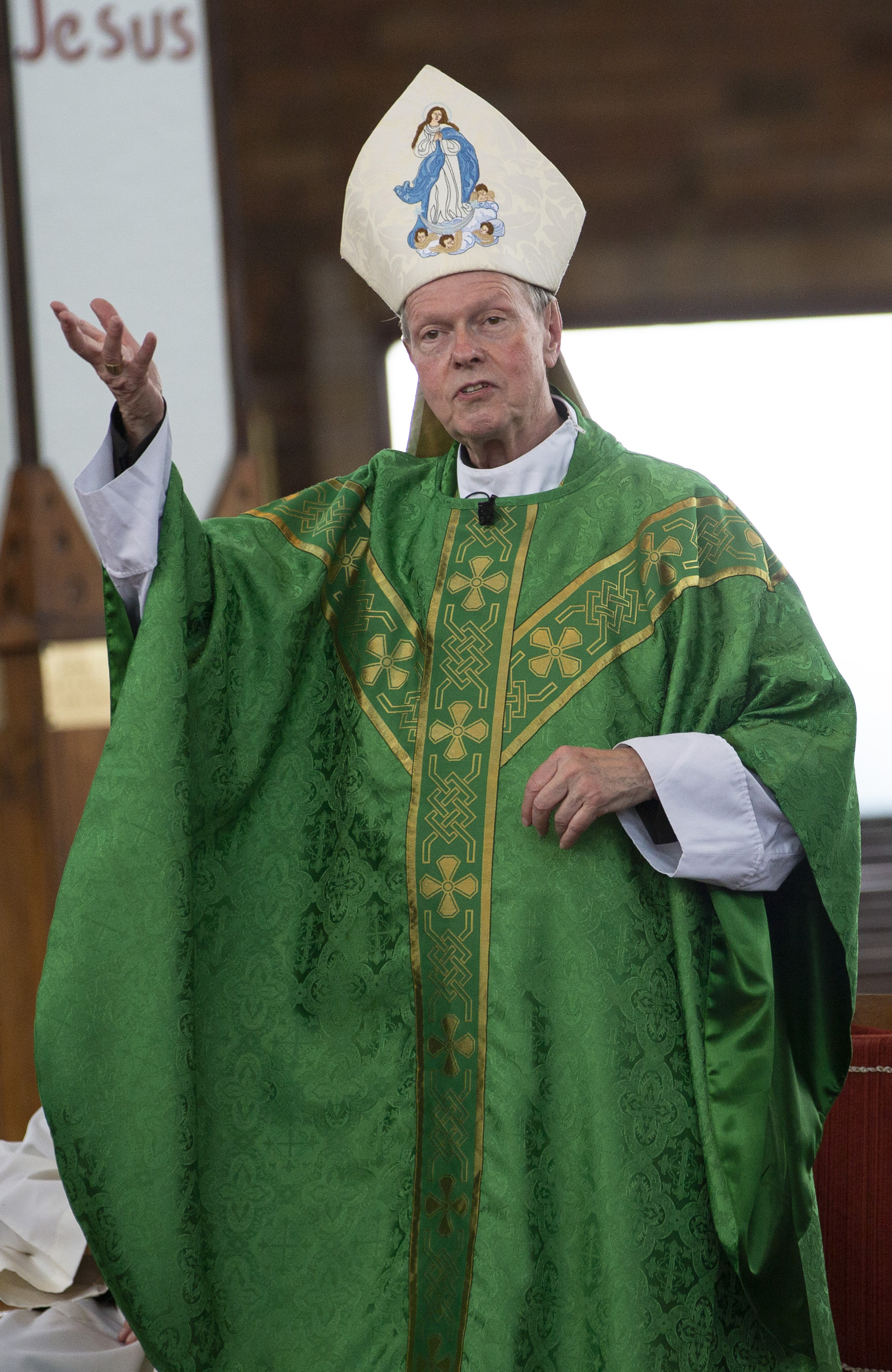June 7, 2023 at 10:32 a.m.
Come witness the Real Presence of Jesus in the Eucharist!
If you have ever taken a pilgrimage to Rome and visited St. Peter’s Basilica, you might have taken the Scavi Tour. Scavi, translated from Italian, means excavations. In particular, the excavations under St. Peter’s Basilica that contain the tomb of St. Peter. These excavations are the remains of the cemetery that was established in the first century following the martyrdom of St. Peter.
The cemetery was on Vatican Hill next to the Circus of Nero where St. Peter was martyred, inverted on a cross. He was then buried on Vatican Hill. Over time a pagan cemetery was established on Vatican Hill. The early Apostolic Christian community in Rome marked St. Peter’s site and over time built a shrine marking the site. It is that shrine one can see when they take the Scavi Tour. The Clementine Crypt Chapel sits above the tomb of St. Peter as does the High Altar which is adorned by the grand Baldacchino designed by Bernini. One can look down from the Clementine Chapel to the Tomb of St. Peter through a grate in the floor of the Basilica next to the High Altar. The Scavi Tour reminds us of the continuity of our faith and the importance of our witnessing to the story of our faith. St. Peter witnessed to the story of our faith and in the witnessing of the passion, death and resurrection of Jesus Christ, he himself was martyred.
Each time we come together to celebrate the Holy Eucharist we come together to receive the Body and Blood of our Lord Jesus Christ, and in our reception of the Holy Eucharist, the Holy Sacrifice of the Mass witnesses to the passion, death and resurrection of Our Lord Jesus Christ. This witnessing of the passion, death and resurrection of Jesus Christ is not simply a witnessing to a past event, it is a witnessing to a continually unfolding drama that is the passion, death and resurrection of Our Lord Jesus Christ.
What do we witness to when we come together in this continual unfolding drama of the passion, death and resurrection of Our Lord Jesus Christ? We witness to what Jesus did for us in the past, what he continues to do for us in the present and will continue to do for us in the future. What Our Lord Jesus Christ has done for us is free us from sin and death; this is made real for us in his Body and Blood which we receive in the Holy Eucharist. In our receiving the Holy Eucharist, we receive Jesus Christ himself and we are strengthened by this food from heaven as members of the Body of Christ. “Jesus said to the Jewish crowds: I am the living bread that came down from heaven; whoever eats this bread will live forever; and the bread that I will give is my flesh for the life of the world.” (John 6:51-52)
Jesus as the bread that came down from heaven reminds us of how this was foreshadowed when God gave manna in the desert to sustain the people of Israel during their 40-year sojourn to the Promised Land. Moses himself reminded the people of Israel to remember what God had done for them by saying, “Do not forget the Lord your God who brought you out of the Land of Egypt, that place of slavery, who guided you through the vast and terrible desert, who brought forth water for you and fed you in the desert with manna.” (Deuteronomy 8:14-16)
We are called not to place ourselves outside of the Body of Christ but rather we are called to strengthen ourselves as members of the Body of Christ. How do we avoid placing ourselves outside of the Body of Christ and witness to the passion, death and resurrection of Jesus Christ? By reminding others or even telling news to those who have never heard what Our Lord Jesus Christ has done for us, by inviting them to come and know the real presence of Jesus Christ in the Holy Eucharist and in the community of the faithful gathered together. Paul tells us, “The cup of blessing that we bless, is it not a participation in the blood of Christ? The bread that we break, is it not a participation in the body of Christ?” (1 Cor.10:16-17)
We are called to witness to the story of our faith through our participation in the one cup and the one bread. Each time we come together to share in the Body and Blood of Our Lord Jesus Christ we participate in the continuing unfolding of Our Lord Jesus Christ’s passion, death and resurrection. And to this, we proclaim, “Praise the Lord, Jerusalem.” (Ps. 147)
- The SpongeBob Movie: Search for SquarePants
- Pope accepts resignation of Cardinal Dolan; names Bishop Hicks of Joliet, Ill., as successor
- Celebrate Christmas like a Hobbit
- Trump touts his economic policies as polls show increasing concern
- NY bishops ‘extraordinarily troubled’ by Gov. Hochul’s decision to legalize assisted suicide
- California bishops celebrate ‘very powerful’ Mass in ICE facility for detainees
- Bishop: New Bible translation shows ‘God never changes, but always has something new for us’
- Tennessee faith leaders urge governor to stop all executions
- Amid ‘fragile’ ceasefire, Caritas Jerusalem seeks to ‘replant hope’ in Gaza this Christmas
- Full text: Pope Leo XIV’s Dec. 17, 2025 general audience








Comments:
You must login to comment.